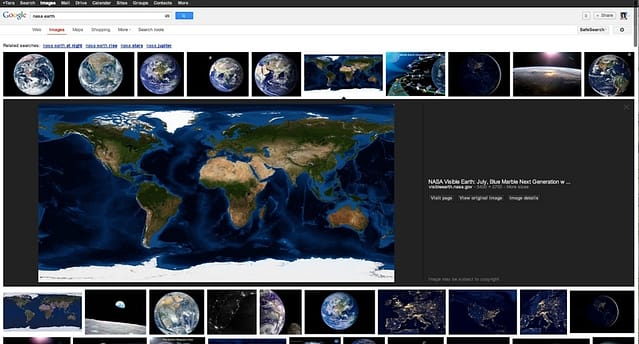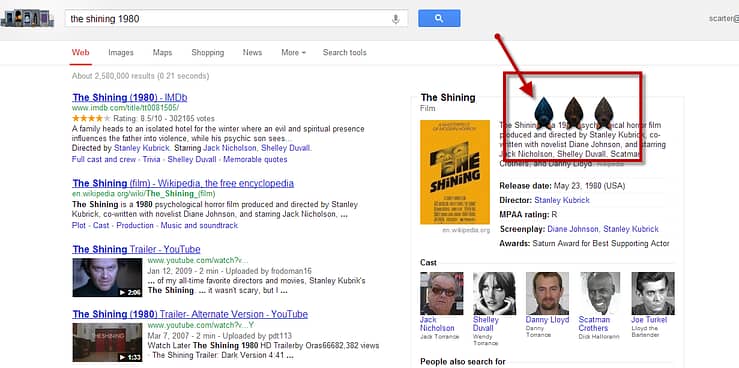According to Amit Singhal, head of Google’s search efforts, the secret (or not-so-secret) way to rank on Google is good content and in his words: “you don’t need to worry about anything else.” These words of wisdom came from Singhal’s presentation at SXSW a few days ago as he covered the topics of mobile search and his love for Star Trek. (Both of which are equally epic in scope).
Using good content to rank well for SEO is a no-brainer, but not worrying about “anything else” is a bit disconcerting. A multidimensional approach always trumps a singular one. Strength in numbers, right? Would you ignore your sites’ architecture to create one page of brilliant content? Probably not. As valuable as good, unique content is for improving SEO results we must keep these details in perspective.
Be mindful of the power and value of community building, both for readership value and link building. In other words, show some TLC to your content and work on maximizing quality links to support your body of work. Creating a community in which your content exists helps readers and Google validate the legitimacy of what you are saying. For readers, your presence in a community of thought leaders indicates that you are a respected source of reputable knowledge (depending on the quality of your links) within a larger community. For Google bots, associating your content within a network of interrelated information ultimately provides a higher value of data for indexing SERP results. When you have both readers and Google validating your work, you cannot be wrong. This can be further complemented by the use of social media like Twitter, Facebook, or Google Plus. Social media provides venues in which to engage a wider audience that might not otherwise be searching for your content, but might be friends/colleagues/acquaintances of your readers. Opening, inviting, and cultivating relationships with a broader group of people can only bring more and more visibility to your insights.




